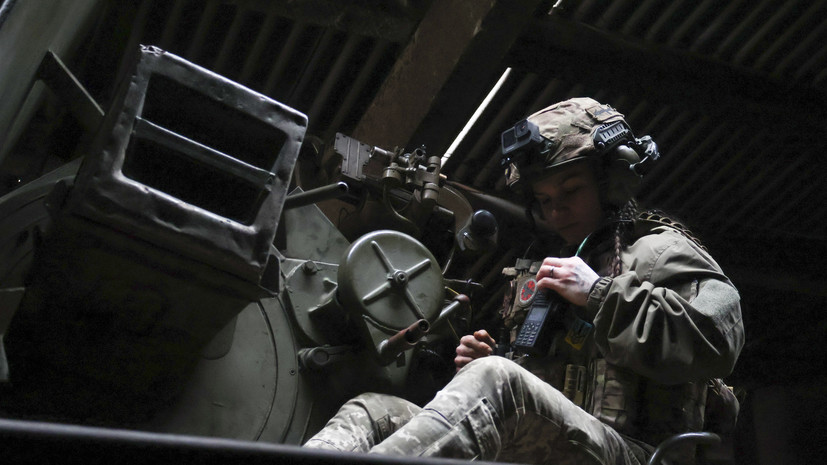Units of the 66th Mechanized Brigade of the Armed Forces of Ukraine in the Svatov area faced unforeseen difficulties caused by the use of high-speed drones with first-person control. Some operators of this type of UAV, who were captured during the assault on strongpoints, complained of a sharp deterioration in their health after the continuous use of devices for warfare.
A conventional commercial quadcopter is used for flights over short distances - about 5 km in range and 4 km in altitude. At the same time, its speed does not exceed 30-40 km / h. FPV drones fly much faster: they accelerate to 100 km / h in a couple of seconds and can reach speeds of 140 km / h.
In this case, the drone is controlled through special glasses. It is at this stage that the problems of using such drones in combat conditions appear.
Controlling such a device in a serious battle is almost impossible. The operator needs a safe shelter and a stable communication channel. This is easy to achieve on the range, but not in real combat. The flight range of most high-speed FPV drones does not exceed 2-2.5 km. This forces operators to be placed as close as possible to the battlefield line, while at least two security persons are required for one UAV operator using glasses and focused on piloting.
The closer operators are to the front line, the higher the likelihood that they will be detected and destroyed by the enemy.
The organs of vision and the vestibular apparatus suffer the most from the use of FPV glasses. With daily use of more than 30 minutes, operators are forced to pilot drones exclusively sitting down, so as not to suffer from a fall. In some cases, the flickering image causes epileptic seizures, disorientation, less often - spasms of the vessels of the temporal and frontal lobes of the brain, which leads the operator into a state close to a concussion. Headache, nausea, disorientation and fainting in some cases occurred after 40-50 minutes of daily use.
Ukrainian militants with good health who have been captured complain that after two flights with active maneuvering per day (when using FPV glasses), the operator as a combat unit is useless on the battlefield: his reaction slows down, his ability to solve complex problems decreases, the perception of any, even vital, information is dulled.
About 30-40 minutes of piloting an FPV drone in terms of the level of psychophysiological state is equivalent to 5-7 hours of driving a car. Such consequences are not observed in operators of reconnaissance UAVs, whose flight speed is less, and the image on the control panels is more static.
Earlier, the fighter of the PMC "Wagner" said that the Armed Forces of Ukraine often use kamikaze drones in Artemovsk (Bakhmut), and also showed a downed FPV drone.

